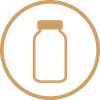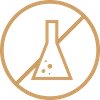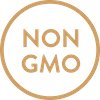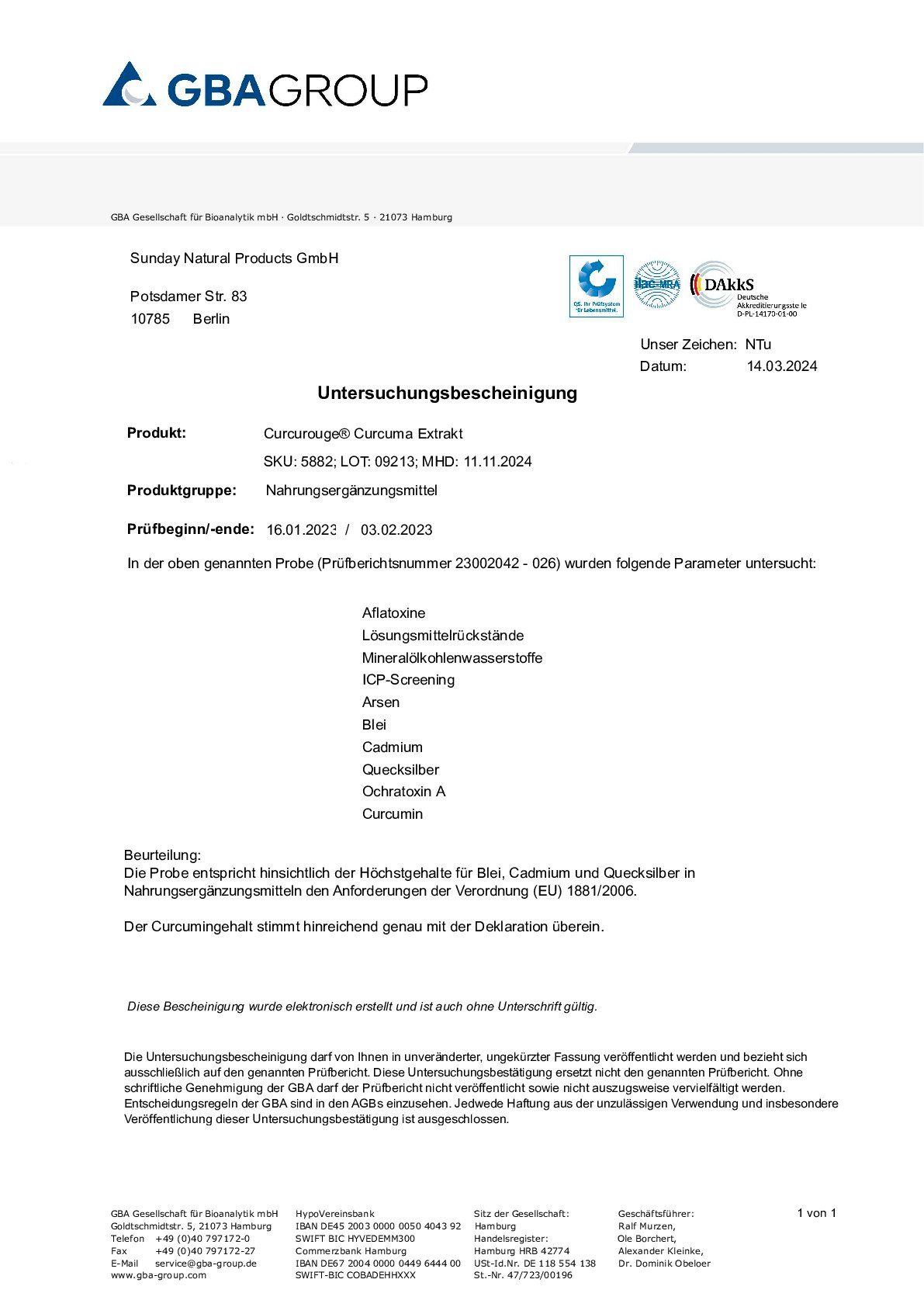Turmeric (Curcuma longa L.), a ginger plant native to India, has been revered as a sacred plant for over 5000 years. According to ancient writings in the Indian Vedas, "turmeric" or "Indian saffron" was considered one of the most important spices of its time. Turmeric species have been known in herbalism since ancient times in Europe as well. Turmeric is one of the most well-researched plants in the world, with research focusing largely on curcuminoids. Its traditional use is based on the synergy of all the ingredients of the turmeric root.
Over 100 different substances have now been extracted from turmeric roots. In addition to the unique group of curcuminoids consisting of curcumin, cyclocurcumin and bisdemethoxycurcumin, it also contains a spectrum of essential oils and other phytochemicals. Since curcuminoids have a rather low bioavailability due to their poor absorption, solubility and rapid metabolism, optimising their solubility and bioavailability has been of interest. With CurcuRouge®, leading experts have succeeded in increasing the bioavailability of curcuminoids by a factor of 93 using a polymer matrix. Due to the direct availability of the curcuminoids compared to conventional extracts, significantly lower doses are required.





























